Meet Amber Rankin | Artist & Rug Designer
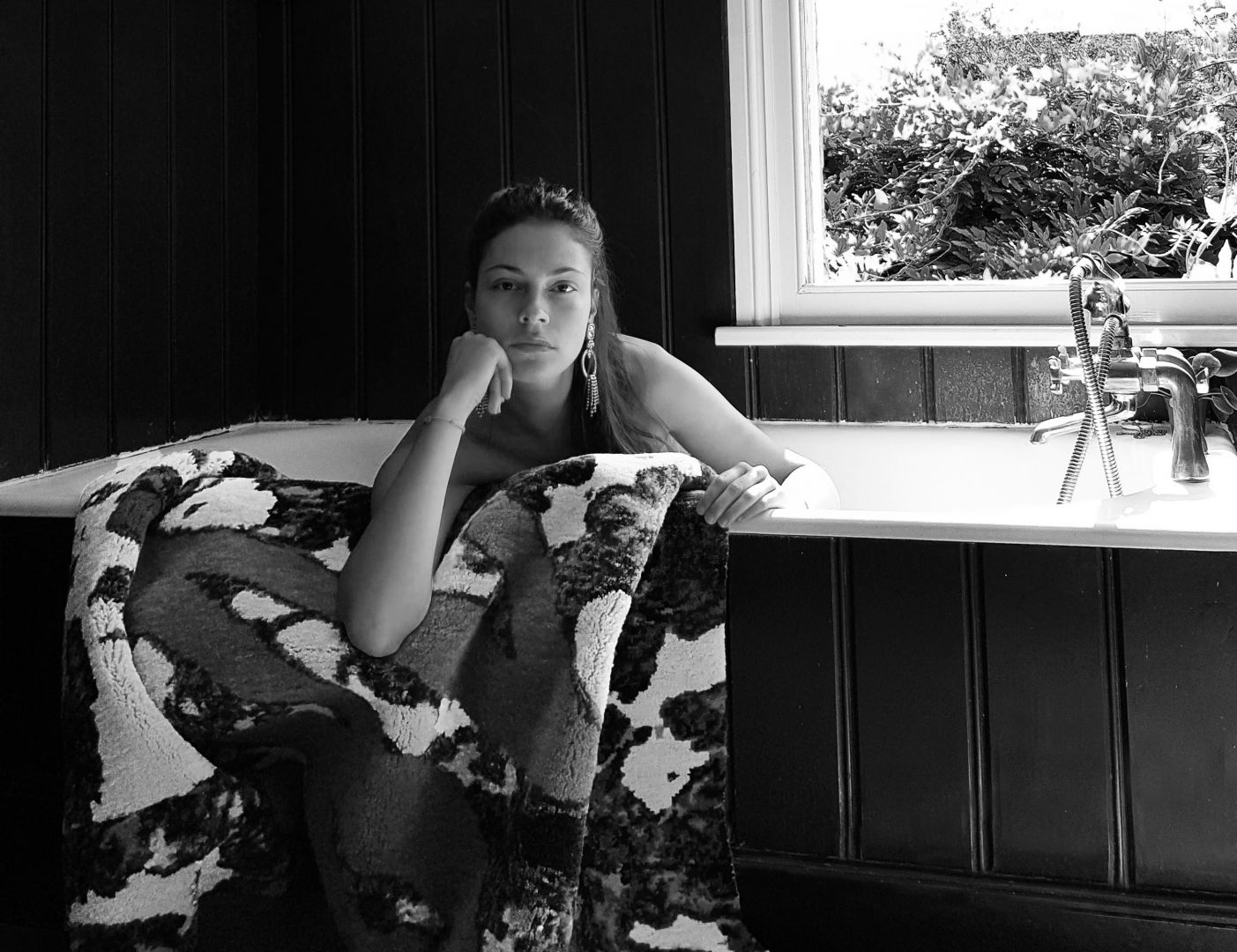
We had the good fortune of connecting with Amber Rankin and we’ve shared our conversation below.
Hi Amber, we’d love to hear more about how you thought about starting your own business?
Launching Rankin Rugs happened pretty organically upon graduating university. I studied Fine Art at the Ruskin School of Art, University of Oxford, and I was lucky enough at the time to have been working with a lot of mixed media which gradually materialised into using rugs. For my degree show I displayed an installation of rolled up antique rugs covered in spray paint and contemporary motifs – for me it was the contrast between new and old, traditional craftsmanship combined with contemporary aesthetic, that really drew me in and made me want to pursue rugs further. I got a lot of great feedback and interest from that show, which eventually grew into designing pieces for private commissions and forming my studio. My work has evolved a bit since then but my focus still lies in creating decorative art pieces which explore materiality in everyday colour and texture, juxtaposing the new with ancient craftsmanship. I found a workshop in Bulgaria to partner with, one with a distinguished heritage, and the only remaining workshop in Europe to practise traditional handknotting. My aim is to keep this protected and endangered craft alive – being half British/Bulgarian, it’s a heritage very close to my heart.
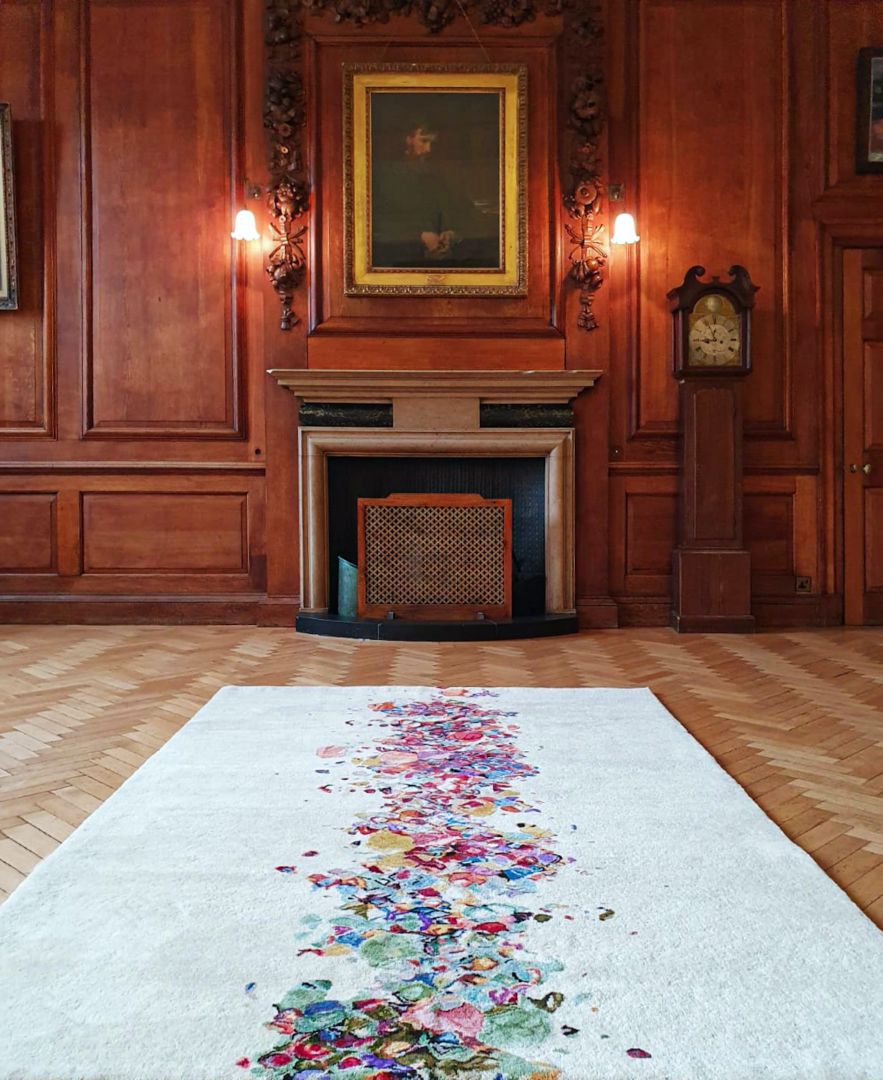
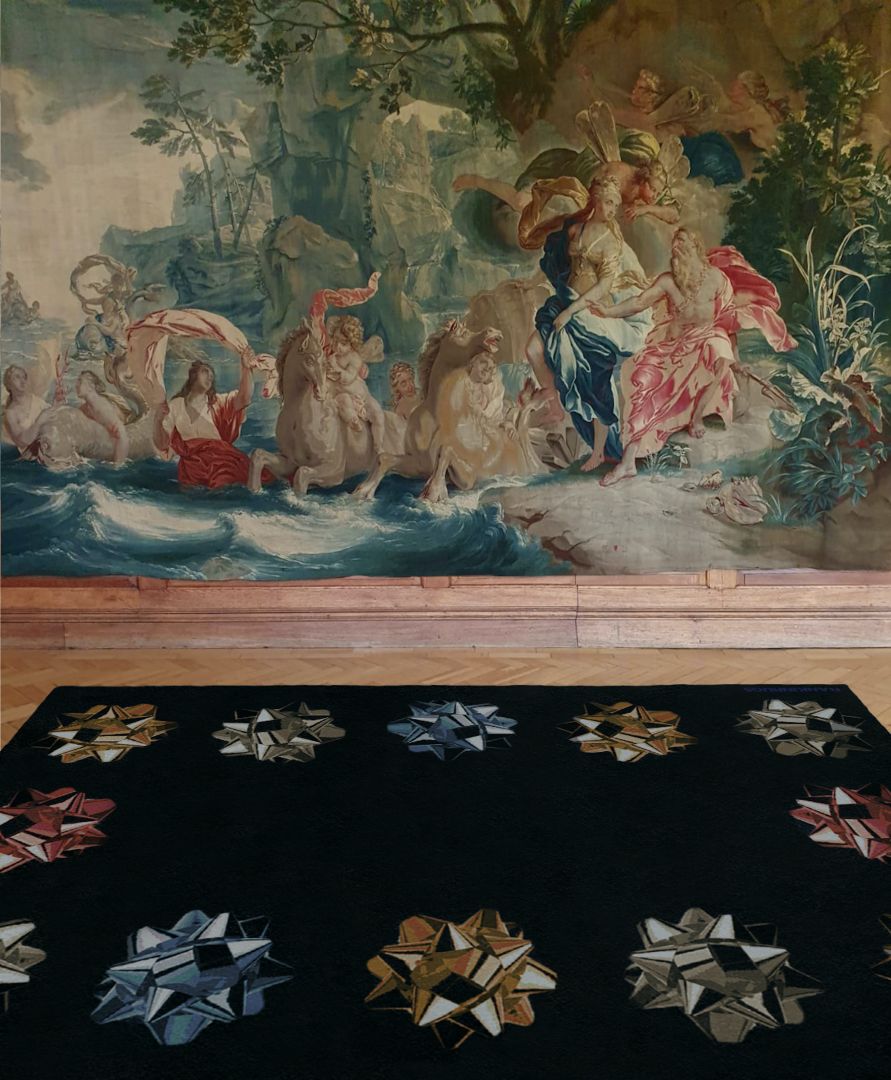
Can you open up a bit about your work and career? We’re big fans and we’d love for our community to learn more about your work.
One of the biggest challenges I’ve faced, and still face, is getting people to understand the craftsmanship behind my pieces – what handknotting means, and why it’s so impressive. A lot of people assume that my rugs are digitally printed or machine-made. Failing that, due to their complexity and to help speed up the process, they must be handtufted using a handheld tuft gun. It’s hard to imagine each knot being meticulously tied by hand. One of my most recent pieces, ‘Champagne’ (6x9ft) is made up of over 600,000 knots and over 70 shades, entirely handknotted over the course of 4 months. All the wool is locally-sourced and hand-dyed at the workshop too. It’s a huge labour of love on all fronts but difficult to grasp. I launched Rankin Rugs just before the pandemic hit, meaning that a lot of work has had to happen digitally which has felt counterintuitive for such a tactile product. I’ve really relied on photography and videos from the workshop to illustrate the making process.
In addition, the heritage of the workshop and its female artisans is equally important for people to know about as it forms such a huge part of my work. The technique used to create the rugs is one which has been passed down through generations of women for hundreds of years, and has rarely been seen outside of Europe’s high profile and Royal establishments. With only 30 remaining artisans practising this technique in Europe, it’s my mission to try and preserve this craft and motivate a younger generation to keep it alive. Being half Bulgarian/British it’s something I feel really passionate about saving. The downside of my enthusiasm meant people kept coming to me thinking I was a rug manufacturer at the beginning, which I’m not – I’m an artist expressing my work through the media of rugs. It doesn’t happen as much anymore which is good.
Due to the time-consuming and rare nature of the rugs’ production techniques, each piece is made to order and takes 4 months minimum to complete, with most pieces being 1 of 1 or limited edition works of art. This means that my pieces by their nature sit at the higher end of the market, which can also be intimidating as a young artist breaking into the industry – you just have to believe in your work.
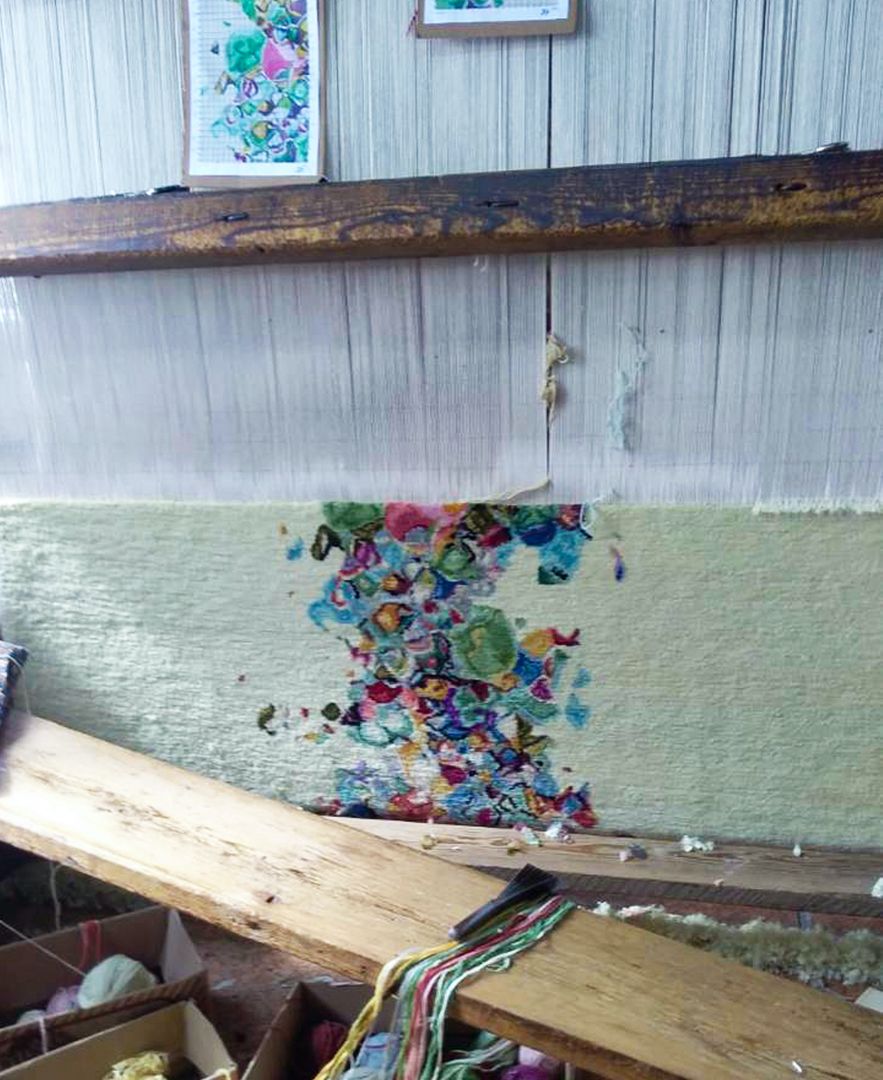

If you had a friend visiting you, what are some of the local spots you’d want to take them around to?
I’m still new to LA, having come from London at the end of last year, but here would be my highlights so far –
LA is great for everything art and design, and is home to endless galleries and cutting-edge architecture. The Broad in Downtown is free and exhibits some of the most renowned modern and contemporary artists of our time, whilst The Future Perfect LA is great for unique interior pieces. Similarly, Maxfield LA Gallery has a superiorly curated furniture selection. It’s slightly further out, but the Palm Springs Art Museum should not be missed too.
In terms of restaurants, I’m a fan of something small and authentic – Il Piccolino in West Hollywood and Little Dom’s in Los Feliz would probably top these off. V Wine Room and El Prado Bar both offer a huge selection of interesting and organic wines. Downtown has some true gems too, including Grand Central Market which offers a huge selection of food from around the world.
LA can be hectic, so in terms of downtime, Malibu and Laguna beach offer quieter, more remote beaches, along with great little spots for brunch.
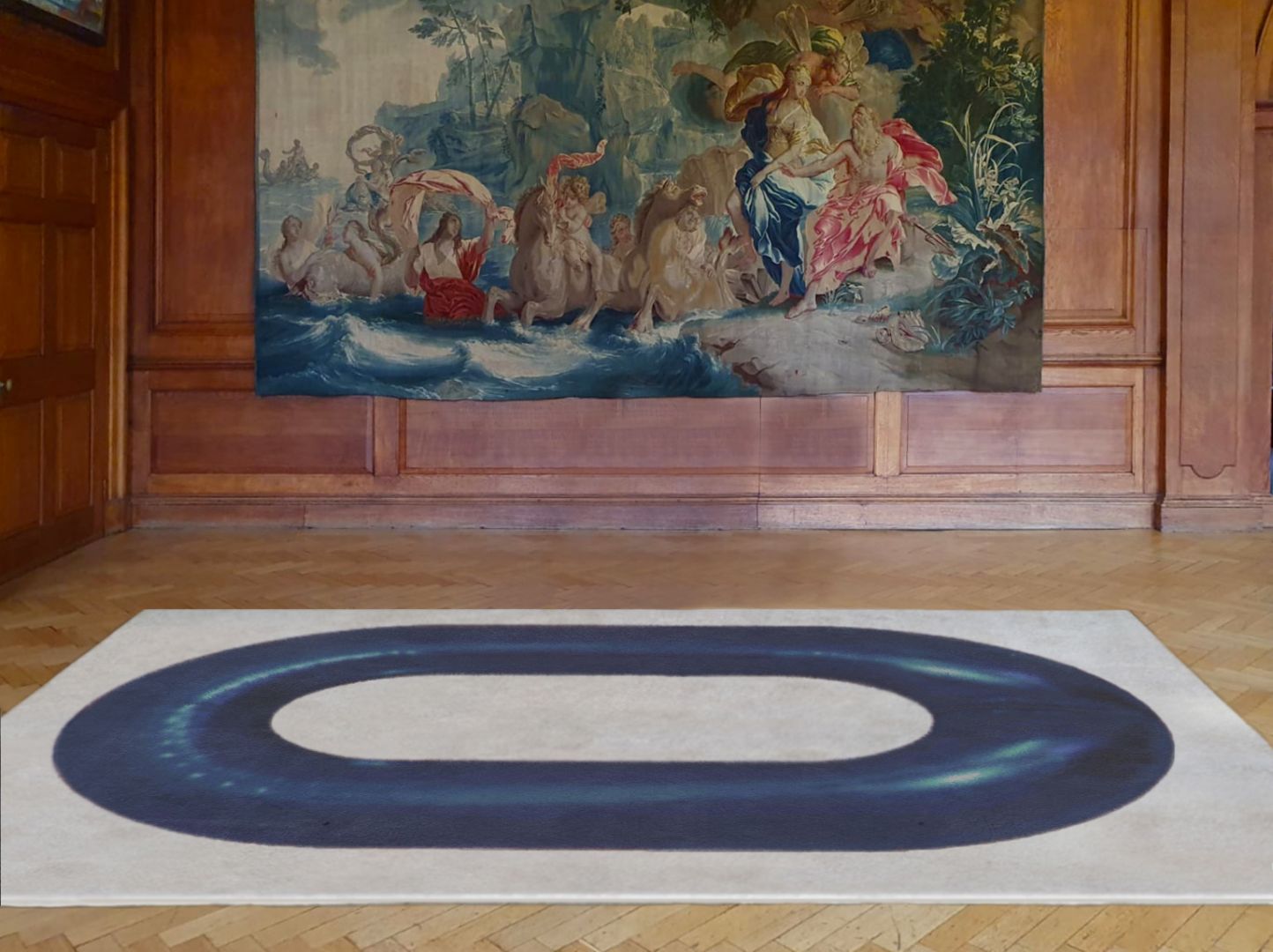
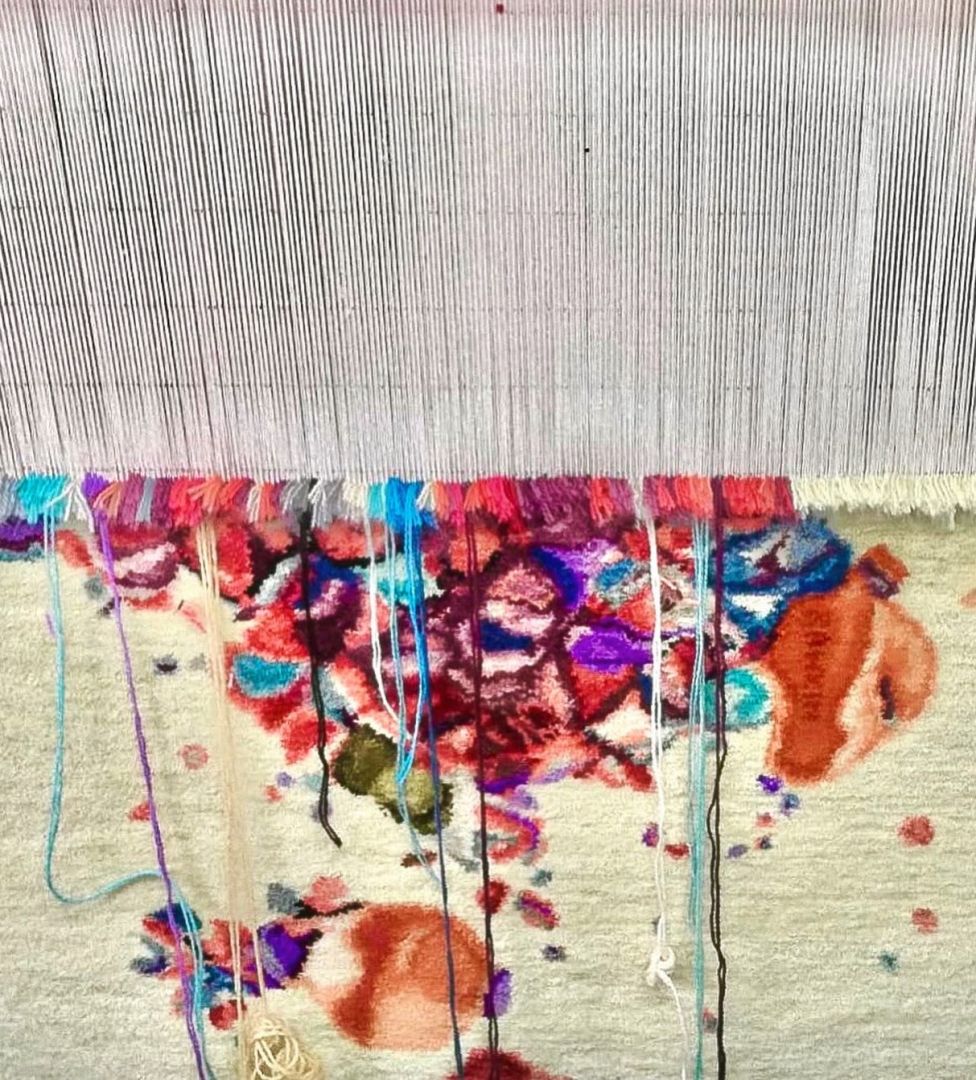
Who else deserves some credit and recognition?
I’ve been so lucky to have received a lot of support and mentoring from not only family and friends, but other creatives I’ve met along the way. To the designers who I’m currently collaborating with, thank you for trusting my vision, and I’m excited to unveil some pieces with you soon. But most importantly, my shoutout goes out to the workshop and its 30 hardworking artisans in Bulgaria. Without them, my rugs would not exist. Thank you for your meticulous dying and knotting, and for bringing my art to life. You trusted in my work from a young age, and I hope that my rugs in turn will help preserve your heritage and craft.


Website: www.rankinrugs.com
Instagram: @rankin_rugs
Other: Email – rugs@rankinrugs.com
